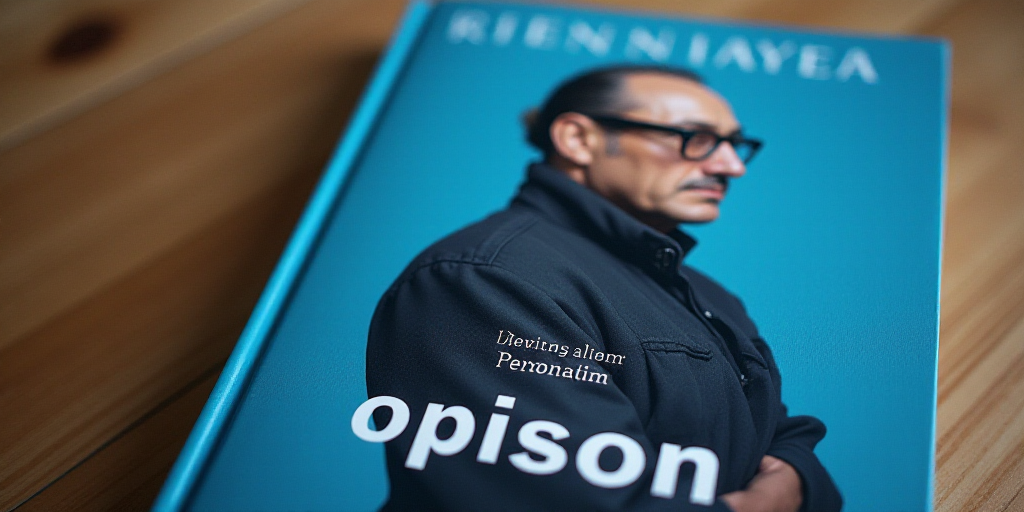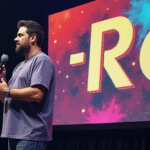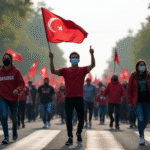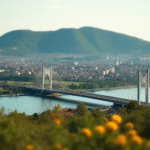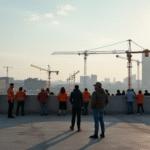Introduction to Pope Leo XIV
The election of Robert Francis Prevost as Pope Leo XIV surprised many around the world. His name did not appear in most pre-conclave analyses, except in some U.S. media outlets. Nevertheless, this 69-year-old man from South Chicago—a working-class, diverse, poor, and violent neighborhood—was chosen as the first American pope. With a pastoral career in Peru and a curial career that brought him close to Pope Francis, he represents a bridge between the North and South rather than traditional U.S. or Roman clerical power.
Background and Career of Pope Leo XIV
Prevost studied Mathematics at Villanova University, joined the Order of St. Augustine, and earned a doctorate in Canon Law in Rome. He was ordained a priest in 1982 and sent to Peru in 1985, where he served as a parish priest, teacher, judicial vicar, and seminarian formation leader. During this time, he acquired Peruvian citizenship. He returned to Chicago in 1998 as provincial superior and served as prior general of the Augustinians from 2001 to 2013, solidifying his international career. In 2014, he returned to Peru as the bishop of Chiclayo. In 2023, he went back to Rome, where Pope Francis appointed him prefect of the Dicastery for Bishops and later, in 2023, made him a cardinal, entrusting him with key tasks in the Church’s reform.
Pope Leo XIV: A Consensus Figure
His moderate profile, global experience, and apparent closeness to the Global South make him a consensus figure. His name evokes Leo XIII (1878–1903), who initiated the Church’s social doctrine by defending workers’ rights and calling for justice between classes; San León I Magno (440–461), who confronted Attila the Hun and affirmed the primacy of the Bishop of Rome; and San León IX (1049–1054), a clergy reformer who enforced priestly celibacy and strengthened papal authority. He aims for continuity while focusing on social justice and institutional integrity.
Implications for Mexico
His arrival may signify a new approach for Mexico. His in-depth knowledge of the Mexican clergy, gained through the Pontifical Commission for Latin America, could influence crucial appointments.
Is Pope Leo XIV a Copy of Francis?
In pastoral vision and social sensitivity, yes. However, his style is distinct: reserved, deliberate, and not prone to improvisation. His first message was brief, formal, and lacked spontaneous gestures.
Challenges Ahead
He must navigate being American in a world distrustful of the U.S., though he does not represent Washington’s power but the lived faith in Chicago’s neighborhoods and Peru’s peripheries.
Global Reception
His election was well-received worldwide. Donald Trump celebrated his American nationality; Peruvians were enthusiastic about his pastoral work; and Europeans praised his conciliatory profile. Mexico’s President Claudia Sheinbaum congratulated him on X, expressing her hope that his papacy would inspire peace and justice. In the Vatican, his speech—centered on peace, dialogue, and mission—was interpreted as a call for unity amid polarization and a sign of continuity with Francis, whom he mentioned three times. Notably, he spoke only in Italian and Spanish, not English.
Conclusion
If Pope Leo XIV successfully combines his pastoral experience, Augustinian formation, and global vision, he may be the bridge the Church needs: between North and South, tradition and renewal.
Key Questions and Answers
- Q: Who is Pope Leo XIV? A: Robert Francis Prevost, the first American pope with a pastoral career in Peru and a curial career that brought him close to Pope Francis.
- Q: What is Pope Leo XIV’s background? A: He studied Mathematics at Villanova University, earned a Canon Law doctorate in Rome, and served as a parish priest, teacher, judicial vicar, and seminarian formation leader in Peru.
- Q: What does Pope Leo XIV represent? A: He symbolizes a bridge between the North and South, focusing on social justice and institutional integrity.
- Q: How might Pope Leo XIV impact Mexico? A: His deep understanding of the Mexican clergy could influence crucial appointments in Mexico.
- Q: What challenges does Pope Leo XIV face? A: He must navigate being American in a world distrustful of the U.S., while representing lived faith in Chicago’s neighborhoods and Peru’s peripheries.

